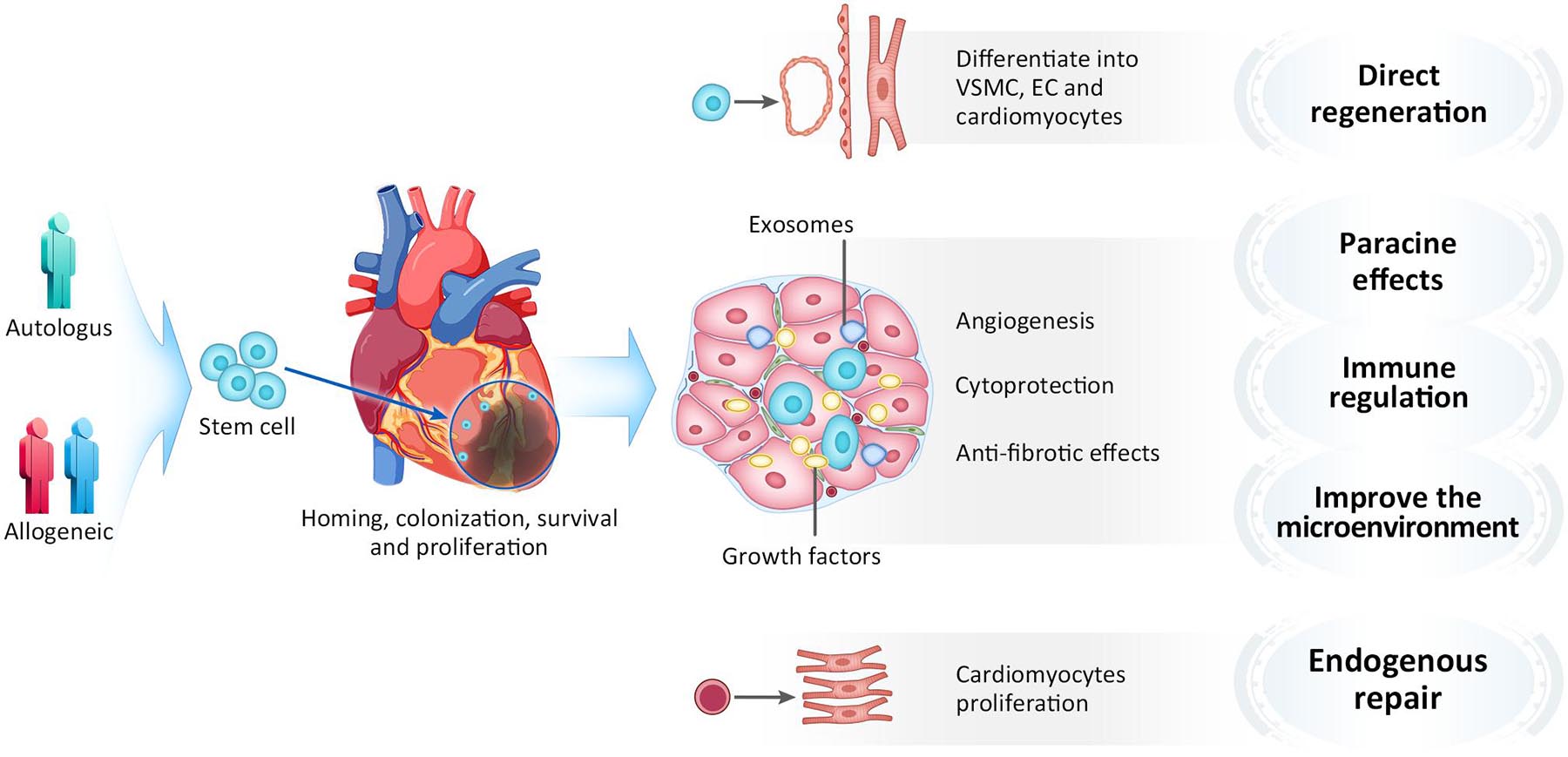Table of Contents
Damages to the heart muscular tissue from lowered blood flow. Weakening of the heart muscle. Standard therapies manage symptoms and slow condition development but rarely address the origin issuedamaged heart tissue. This is where offers new hope, targeting the underlying damages and advertising long-lasting repair service. represent an innovative action in treating heart diseases.

At, we prioritize a personalized approach to. Our process includes: We start by completely reviewing each individual's medical history, current heart feature, and total wellness. This consists of advanced analysis imaging and testing to figure out the degree of heart damage. Our group establishes a tailored plan using, fairly sourced and prepared for ideal effectiveness.
Several people report much less fatigue, improved breathing, and better physical stamina. By addressing the source, stem cell treatment reduces the risk of future heart occasions. Our clinic is a leader in, combining competence with thoughtful treatment. Here's what sets us apart: Our group has years of experience in regenerative medication, making certain the highest possible level of care.
We incorporate stem cell treatment with complementary therapies for comprehensive heart care. Every therapy strategy is customized to address the distinct demands of each patient. One of the most usual inquiries we obtain is, While no therapy can guarantee complete turnaround, have actually revealed substantial possibility to repair damaged cells, decrease swelling, and boost total heart feature.
Stem cell injections for Heart Failure with promising results
Heart illness is a leading root cause of in the United States and worldwide. In the United States alone, virtually 1 million individuals passed away as a result of cardio disease in 2021 (one of the most recent year for this information). Internationally, that number rises to 17.9 million each year. For many individuals, traditional therapies offer hope and help.
Today, researchers concentrate on two main kinds of stem cells: grown-up stem cells and beginning stem cells. While comparable, they're far from similar, and each has its benefits and drawbacks. Adult stem cells commonly come from bone marrow, fat tissue, or perhaps directly from the heart. One advantage is that they can be collected from your very own body.
Grown-up stem cells are also less complicated to accumulate and have less ethical concerns. But there's a disadvantage. They're not as versatile as beginning stem cells. They aren't as able to develop into various sorts of cells, which can restrict efficiency when it comes to tissue repair work. Embryonic stem cells can develop into any type of sort of cell, consisting of heart cells.

An additional issue is the opportunity of forming tumors if these cells do not differentiate correctly after implantation. The large question is, does stem cell treatment really function for heart repair?
Researchers are still figuring out the finest means to supply the cells, guarantee they survive as soon as inside the body, and make sure they integrate effectively with existing heart tissue. One of the most significant difficulties is cell survival and assimilation after implantation.
Understanding stem cell therapy for Atherosclerosis
Even less take care of to integrate into the existing heart tissue. For the therapy to be effective, the new cells need to link with the old ones and begin working as part of the heart muscle mass.
It's something to obtain stem cell treatment to function in a lab or a little professional test; it's one more to make it available on a big range. Producing, saving, and delivering stem cells securely and properly is logistically testing at finest. Stem cell therapy is extremely encouraging, yet it's not without disadvantages.
This is even more of a worry with beginning stem cells, but it's present even with grown-up cells. An additional disadvantage is the cost. Stem cell treatment is costly, partly as a result of the complexity of harvesting, growing, and supplying the cells. As a result of that cost and the treatment's speculative nature, numerous insurance provider will not cover it.
In the last a number of years, there has been a substantial improvement in stem cell therapy for heart condition. Can stem cell treatment cure cardiovascular disease? No, however utilized with your existing heart problem regimen, it can boost your heart wellness and top quality of life. Worldwide sixty-four million people are impacted by cardiac arrest.
All about stem cell therapy and Arrhythmias
Medical professionals deal with heart failure symptoms in hopes of improving the patient's lifestyle and preventing further problems. Medications like diuretics (to remove the fluid in the body), Beta-Blockers (lowering the pressure of the blood circulation and slowing the heartbeat down to lower blood pressure), and ACE Inhibitors (reduced high blood pressure by loosening up the blood vessels and arteries) are used to deal with the signs and symptoms of heart problem.
These need an operation and a healing time of approximately 6 weeks. While existing therapies handle the signs and symptoms of cardiovascular disease, they do not fix tissue damages or recover the heart's function. There is no remedy for heart illness. The concern continues to be, can stem cells heal cardiovascular disease? Stem cells can not cure heart condition, however they can rejuvenate the heart muscle and improve the ejection fraction (the amount of blood the heart pumps with each beat) on the heart's left side.
Navigation
Latest Posts
Next-gen support for Heart Disease with minimal downtime
Where to get stem cell therapy for Heart Failure
Is stem cell therapy right for Heart Disease with regenerative medicine?